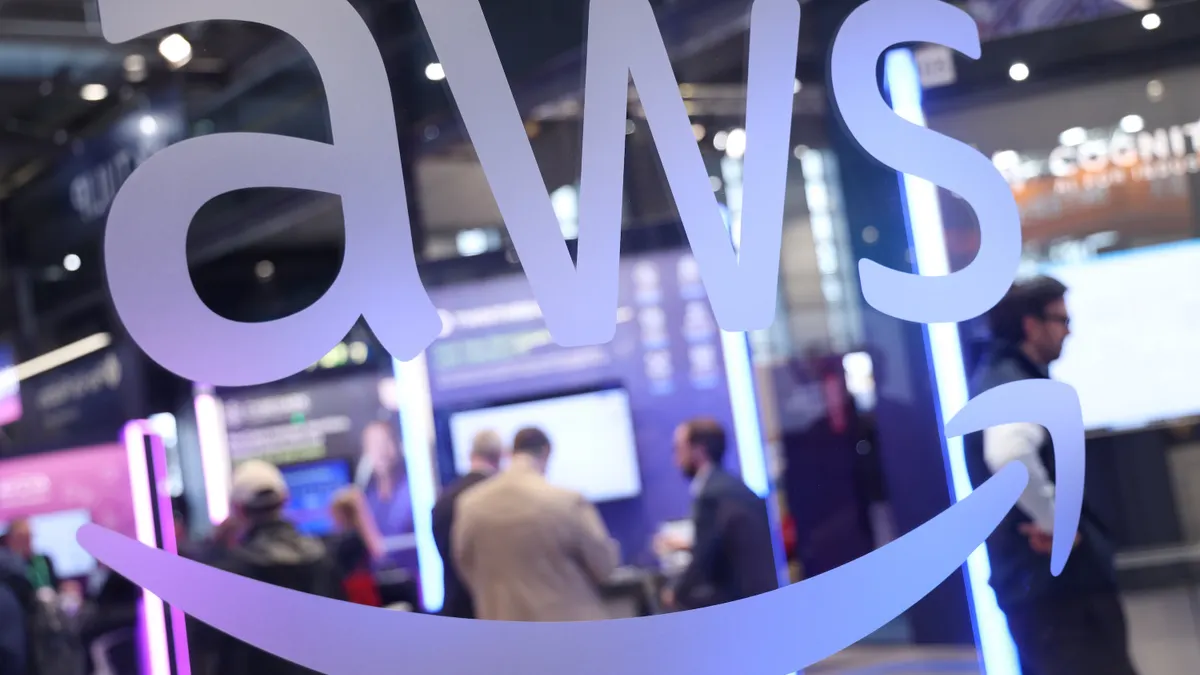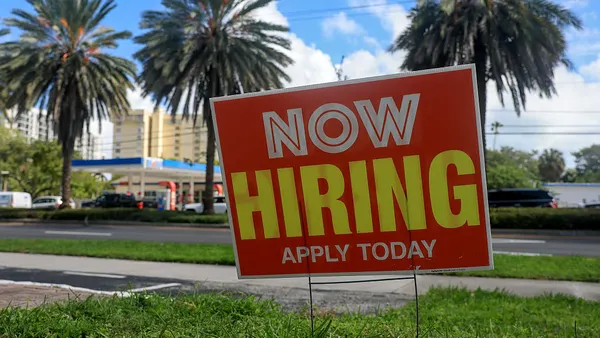Editor's note: The following is a guest article from Rob O'Donohue, senior research director at Gartner, focusing on leadership, culture, people, and DEI.
Organizations have traditionally relied on CIOs as technology experts, but most organizations have reached the point where their IT is already bulletproof and robust. Now, lingering repercussions from the pandemic are pushing CIOs to think and act through a more strategic and human-centric lens to support resilience in their organizations.
The last 18 months have demonstrated that many work assumptions are begging for reinvention. Some enterprise leaders are hesitant to evolve their work model for fear that it will put business outcomes at risk, but returning to old ways is riskier than reinventing work.
Organizations have reached a critical junction in the evolution of work, and CIOs must lead the charge in rethinking their enterprise's strategies to promote resilience. Specifically, they should consider these actions to lead their hybrid organization to success heading into 2022:
Prioritize culture despite high workforce adaptability
Physical location no longer drives organizational culture, and many leaders are still mourning the loss of water cooler synchronicity. Leaders must recognize culture is not about where we are, but how we behave.
Most organizations are replicating the in-office cultural environment by deploying collaboration tools that support impromptu interactions and better collaboration, but there is still work to be done: One-third of CIOs reported culture as being at risk and least able to adapt in the current workplace environment, according to a Gartner survey.
Yet even before the pandemic, culture was a challenge: An earlier survey of CIOs showed that, of those who had not scaled up their digital business transformation, nearly half blamed culture as the No. 1 barrier in doing so.
A common realization from interactions with CIOs is that culture is dynamic as it predominantly comes down to behavior change. CIOs that embrace this and create a clear 'why' statement for change can overcome this barrier more quickly.
Moving forward, CIOs must redesign their team's culture for a hybrid work environment by involving employees at all levels and ensure they're consciously monitoring the emotional resilience of their workforce. Specifically:
- Understand the current IT culture first before taking steps to change it. Define the desired culture attributes that are needed to become more resilient and antifragile, such as better accountability, trust and empowerment from the top. This also includes creating a compelling digital business narrative and using culture hacks to measure change over time.
- Identify ways to recognize and appreciate employees. One CIO at a large energy company mentioned holding Monday morning recognition calls to give shout outs to team members that accomplished something great the previous week. A more informal way to do this is to dedicate the first five minutes of a team meeting for peer-to-peer appreciation call outs and sharing successes, which is even more imperative in a hybrid setting.
- Help employees minimize fatigue and expand the aperture around workforce resilience to avoid complacency. Increase antifragility by embracing a blended workforce model that incorporates both traditional and nontraditional resources, such as gig workers, hyperautomation or AI.
Manage in all directions for hybrid success
Following the onset of the pandemic, the majority of CIOs saw a deeper, two-way relationship with the CEO and the business. These stakeholders increasingly turned to the CIO for education on technology initiatives and assumed more accountability for IT projects.
These stronger relationships gave CIOs leverage when it came time to plan the return to work and enact new initiatives for their employees.
However, 57% percent of CIOs are currently prioritizing growing their teams and direct reports as their main focus of leadership development efforts, while only 9% said they are prioritizing developing upward, Gartner found.
Given this new downward focus, there is a risk that CIOs' executive relationships and influence could backslide.
For instance, in a recent conversation with a CIO at a financial services company, she recalled how the pandemic cemented her place at the top table when IT came in to save the day. Given the gains she had already made with the CEO, she turned the majority of her attention toward managing her team rather than sustaiingn upward relationships or those with her peers.
This came back to haunt her when a subsequent change of CEO and an impending reshuffle at the executive level left her somewhat isolated. Putting too much stake too often in one direction can have negative consequence – balance and social intelligence is key.
As a result, the CIO must develop a dynamic approach to the organization's development efforts that divides time and focus intentionally across all directions of the leadership compass – up, across and within.
Doing so can rectify any ensuing imbalance that is exposed and mitigate the risk of losing influence with the C-suite. Maintaining these key relationships are essential for success in the future of work.
Specific actions include:
- Strengthen interpersonal relationship sensitivity with peers by leading with a "giver" mindset, seeking ways to offer support and solutions proactively.
- Take the lead on diversity initiatives inside of IT and across the enterprise, which remains a top CEO priority.
- Actively reshape and reinforce IT's identity in the new hybrid way of work.
Deploy radically flexible strategies and a human-centric design
Modern CIOs envisage strategy in broader terms than just how IT supports the overall business strategy. They are rethinking it in terms of people and workforce strategies, to include items like DE&I and building new partnerships.
In fact, when asked about the top ways their organization improves resilience, relationships and partnerships are just behind strategy and business models for CIOs.
Taking a human-centric approach over the traditional office-centric approach is emerging as a priority in our hybrid future, and CIOs must create strategies across these domains to constantly adapt and confront uncertainty rather than avoid it.
Strategy and influence are tightly coupled, too, and CIOs who fail to focus on the right strategy might lose influence and experience decreased team satisfaction.
As one example, if an organization were to go back to a fully on-site arrangement, Gartner research estimates that it would risk losing up to 39% of its workforce.
On the other hand, making the shift to a human centric design that prioritizes flexible work experiences, intentional collaboration via synchronous and asynchronous channels, and empathy-based management would reduce fatigue, increase intent to stay and boost performance among knowledge workers.
Accepting the hybrid environment but failing to evolve the work model is detrimental for any organization. Reinvent work around a human-centric design for the new hybrid environment that ensures performance, innovation and equity — getting it right requires listening, learning and iterating.




















